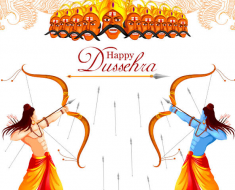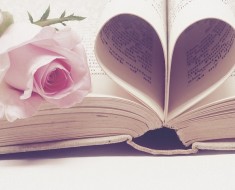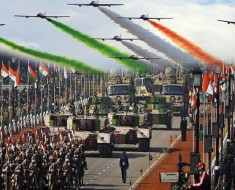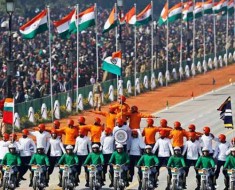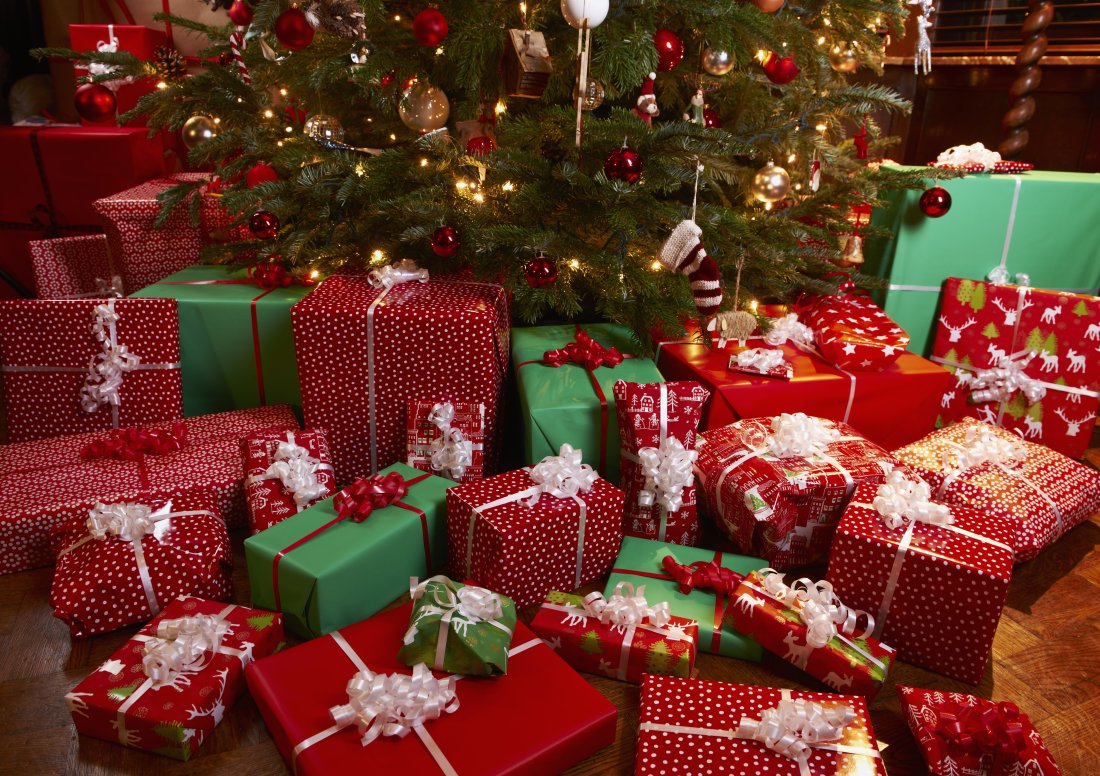 Dusshera is a famous festival celebrated mostly in the month of October. It is also known as Vijaydashmi or Dasara culminating the ten-day Navratri. The festival is celebrated in different parts of the country and each place has its unique rituals. Dusshera kicks off the preparation for Diwali which is 20 days later. Dusshera Sale 2018 of e-commerce giants has already out to begin the festival celebrations. Here are different customs & traditions of Dussehra Celebrations in India.
Dusshera is a famous festival celebrated mostly in the month of October. It is also known as Vijaydashmi or Dasara culminating the ten-day Navratri. The festival is celebrated in different parts of the country and each place has its unique rituals. Dusshera kicks off the preparation for Diwali which is 20 days later. Dusshera Sale 2018 of e-commerce giants has already out to begin the festival celebrations. Here are different customs & traditions of Dussehra Celebrations in India.
1. Burning the Effigies of Ravana, Meghnath, and Kumbhakarna
Melas are held at various Ram Lilla grounds across the country. The effigies of Ravana, Kumbhkarna, and Meghnath are set on fire demonstrating the victory of good over evil. Actors dress-up as Lord Rama and Lakshmana to set effigies on fire. The celebrations include spectacular fireworks and cultural performances.
2. Exchange of Apta Leaves With Friends and Family
The exchange of Apta Leaves or Green Gold on Dussehra has deep significance. This ritual is about expressing happiness and respect. The day is considered to be extremely auspicious. There are two trees associated with the festival of Dussehra; Shami, and Apta. Both these are medicinal trees used to treat a variety of ailments.
3. Unique Gujarati Dance Garba
 In Gujarat, several competitions are held where people dance on devotional songs. The celebrations continue till late night. The customs worn by both men and women give a unique touch to the celebrations. Dussehra celebrations in Gujarat are unique with the vibrant Garba dance.
In Gujarat, several competitions are held where people dance on devotional songs. The celebrations continue till late night. The customs worn by both men and women give a unique touch to the celebrations. Dussehra celebrations in Gujarat are unique with the vibrant Garba dance.
4. Worship of Goddess Saraswati
During the nine days of Navratri, nine forms of Goddess are worshipped. The worship of Saraswati on the tenth day of Navratri is a ritual in Maharastra. This day is also considered auspicious to start anything new. The day is also known as “Vijayadashami” or “Dasara” celebrated all over India with great enthusiasm.
5. Sketching Colorful Rangolis
 The purpose of Rangoli is decoration it adds to the beauty of a house. Rangoli is also believed to bring good luck. The custom is part of Dasara celebrations in Mysuru and adjoining cities. Rangoli drawing competitions are held during the season. Colorful rangolis designs of flowers and birds reflect the culture of the land.
The purpose of Rangoli is decoration it adds to the beauty of a house. Rangoli is also believed to bring good luck. The custom is part of Dasara celebrations in Mysuru and adjoining cities. Rangoli drawing competitions are held during the season. Colorful rangolis designs of flowers and birds reflect the culture of the land.
6. Decorating Colorful Dolls at Home
People set up “Bommala Koluvu” a colorful set of dolls at homes. the festival concludes by immersion of idols. Dusshera or Dasara in south India is synonymous with Bommala Koluvu. The ritual includes an arrangement of idols in step like horizontal arrays. In some parts of South India, the ritual is known as Gombe Habba.
7. Durga Puja
Dura Puja is also a key ritual in the festival of Dussehra and Navratri. Particularly in Bengal where the festival is celebrated to mark the triumph of Goddess Durga over Mahishasura. The different aspects of the goddess are worshipped for nine nights followed by celebrations on the tenth day.
8. Ram Lila Performances
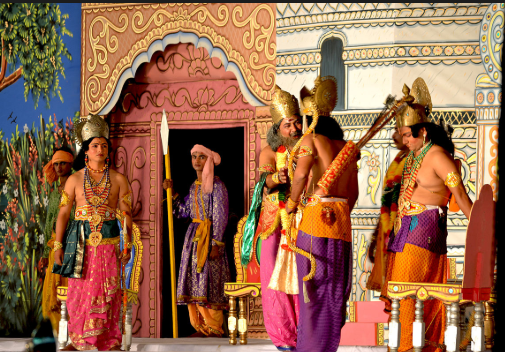 The performance of epic Ramayana is held across northern India each year. The Ramlila plays recount Ramacharitmanas in a series of scenes. The folk re-enactment of the life of Lord Ram is staged annually during the auspicious period of Sharad Navratri. The religious rituals stir up the festive ambiance that celebrates the victory of Lord Ram.
The performance of epic Ramayana is held across northern India each year. The Ramlila plays recount Ramacharitmanas in a series of scenes. The folk re-enactment of the life of Lord Ram is staged annually during the auspicious period of Sharad Navratri. The religious rituals stir up the festive ambiance that celebrates the victory of Lord Ram.
9. Dasara procession
The colorful processions mark the conclusion of Dasara celebrations. It is a grand display of the rich cultural significance of the festival. The event has popularized the Mysore Dasara celebrations world over which continue for over one month. Dasara exhibition is also a key attraction of the festival celebration in Mysore.
10. Worship Tools or Weapons
It is a custom to worship tools that better our lives on Dussehra. This ritual shows respect to tools. On this day Pandavas are believed to retrieve their weapons after completing Agyatvas. This well-known tradition is to worship tools that are means of fighting evil. You can worship all articles used for progress and prosperity of mankind. The festival of Dussehra is related to great epics associated with Lord Ram and Goddess Durga. Dussehra is celebrated with unique traditions in different parts of India. The main message is the victory of good over evil.

